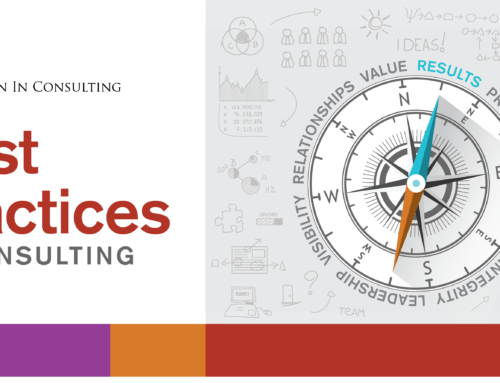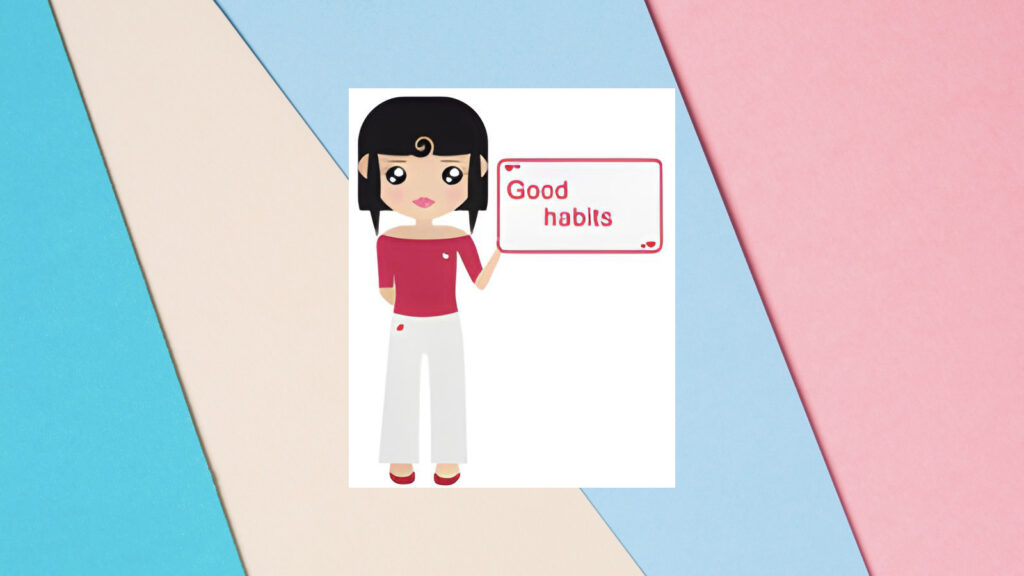The challenges of business are rich and varied.
And even if you do almost everything else right, if you make the following two mistakes, you may unwittingly chase customers, business and profits away.
First, if your priorities don’t line up well with what’s important to your customers, you could be working very, very hard…on all the wrong things.
Second, if you don’t have a way to translate those priorities into actions you can plan and manage easily, there’s no telling what results will emerge at the end of the day…or your work process.
Do this brief exercise:
– Think of your company’s top priorities.
– What are they?
– Why are these the most important things to you now?
– Do your priorities align with your customers’ priorities?
– What measures do you use to ensure that those priorities will turn into actions that provide the products and services your customers want?
The consequences of being wrong – guessing, miscommunicating, or missing the boat – can create a chaotic, confusing, conflict-prone work environment.
And this increases the chances that problems will occur which must be corrected, wasting time, and money.
It can also chase good customers away if they take their business to competitors who meet their needs better, and do so more easily.
What’s your most profitable path?
It sounds simple enough:
– Take the order right, and easily.
– Fill or complete it correctly, and easily.
– Deliver it right, and easily.
– Follow up, as need be, to ensure that your customer is happy with the outcome.
Yet that seemingly simple plan can be deceptively hard to accomplish.
Below, I’ll share just one example of what we’re talking about…in a “Don’t Do This” story.
My daughter, then a kindergartner, and I were getting breakfast at a fast food restaurant’s drive-thru window.
This was unusual, especially on a school day, but we’d built in a little extra time…though not as much time as the restaurant was taking.
As the wait went on and on, and we heard no update from the person who’d taken our order, I finally asked what the delay was.
“Oh, there’s no delay!” he said breezily.
“Our company guidelines say I have 3 minutes to get your order to you!”
Clearly there was no point in having a discussion at that moment with that young man about company policy, customer expectations, and the wide disparity between them.
All he knew was that company policy dictated to him what I was supposed to want…and what the driver in the car behind me, and the driver in the car behind him were supposed to want, too.
We just quietly never returned to that company’s restaurants again. That meant a lot of missed business and profits for them, and opportunities for someone else.
And the other lesson from this story for businesses?
Silence from your customers does not necessarily mean that they’re satisfied with what you’re providing them. It may mean they don’t think it’s worth their time and effort to give you feedback, for a variety of reasons.
Remember, then, these key questions:
– Who are your customers?
– What do they want?
– Of the things they want, what are their top priorities?
– How can you clearly communicate those needs to the people who will fill them?
– As you’re working to meet customers’ needs, how do you and your team know if you’re on track to deliver what the customer ordered?








